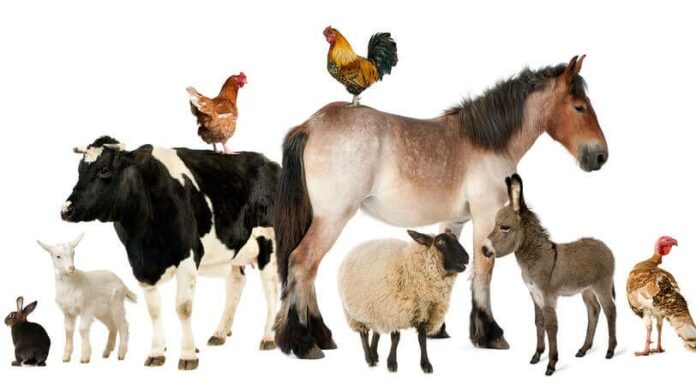Differential uses and Benefits of Camel Milk
Yashmita Shekhawat1*, Ajay Kumar1, Aarti Nirwan2, Jayesh Vyas1
1Department of Animal Genetics and Breeding, College of Veterinary and Animal Science, Bikaner, RAJUVAS
2Assistant Professor, Department of Biological Sciences, Government College, Bajju, Bikaner, MGSU
*Corresponding author: yashmitashekhawat@gmail.com
The camel, commonly known as the “Ship of the desert,” is an ungulate with even toes and a hump on its back. The Bactrian camel (Camelus bactrianus) and the wild Bactrian camel (C. ferus) both have two back humps in contrast to the Arabian camel, or dromedarian (C. dromedarius), which has just one. These are exploited for their skins, meat, wool, and milk. Camel can survive dehydration and save water. A camel may survive four to seven days without water in extreme temperatures. Camels can tolerate protein deficiency and consume plants that other animals avoid, such thorns, dry leaves, and saltbush, which helps them adapt to the harsh environment of the desert. There are 2.5 lakh camels in India, with Rajasthan accounting for 85% of the overall population (2.12 lakh) (Anonyms, 2019).
Properties of camel milk
- Higher content of Vit C,Vit B 12, iron, Mg, & K
- Lower fat content
- Lower lactose content
- Salty in taste
- Contain both whey and casein protein
- Immunoglobulin, lectoferrin & enzyme lactoperoxidases all occurring naturally
- Absence of β- lactoglobulin & β- casein which causes milk allergy
- Low glycemic index
- Contains insulin hormone
- It reduces the bad cholesterol & helps in regulating Blood Pressure
Benefits of camel milk
- Immune boosting
- Anti tumor properties(due to enzyme lactoperoxidase)
- Low allergic potential
- Support normal brain development in children
- Lowers blood sugar
- Combats dehydration
- Natural remedy for stomach ulcers (milk having low acidity & restorative action on G.I mucosa)
- Very high iron content would improve the circulation of blood
- Good for skin care
Camel milk better then cow’s milk
- Low fat content
- Low lactose content
- Less allergic
- Superior content of Vit B12 , E, D, C, Cu, Zn & P
- Lacks β- lactoglobulin & β- casein which causes milk allergy
- Have sufficient level of insulin
- High level of protein content
Camel milk for skin care
- It is combined with natural oils that are beneficial to the skin
- Rich in AHA, Alpha Hydroxy Acids, helps to exfoliate dead skin
- Saturated with proteins, used in moisturizing creams
- Rich in Vit C, essential for skin repair & internal healing
- Anti – ageing, due to Vit C and lanolin
- Natural antioxidant properties of camel milk aids skin health
- Have antimicrobial & antibacterial properties due to lactic acid
- Helpful in treating acne & dermatitis
- May use to cure skin lesions caused due to lumpy skin disease
Traditional uses of camel milk
- Develop healthy gut flora, may useful in Diarrhea
- Used to cure common cold and flu, as it build up immune system
- Relieve from stomach pain or upset
- Used as substitute of mother’s milk
- Build up strong teeth & bones, prevent from rickets
- Good mental development of kids
- Home remedy for diabetes
- Produce good amount of red blood cells, treat anemia


